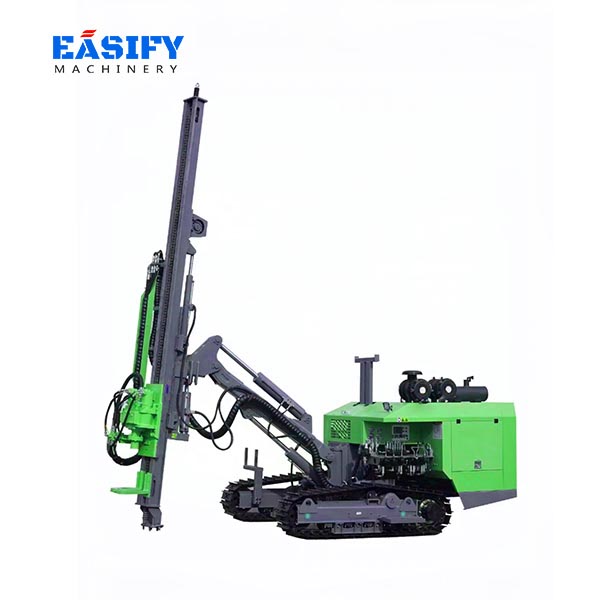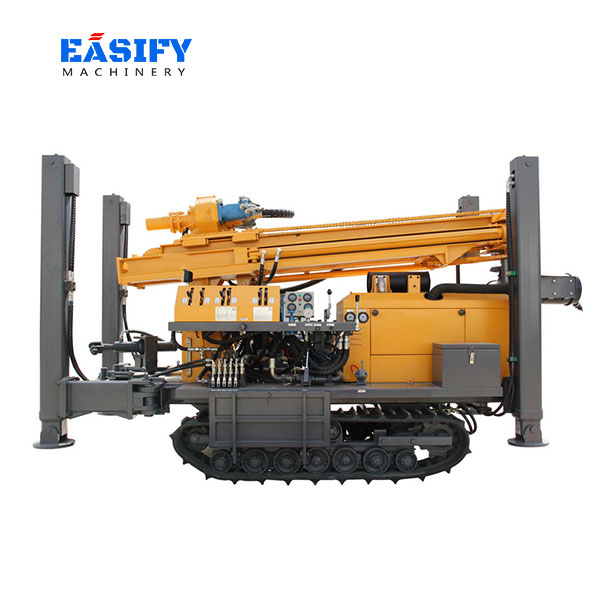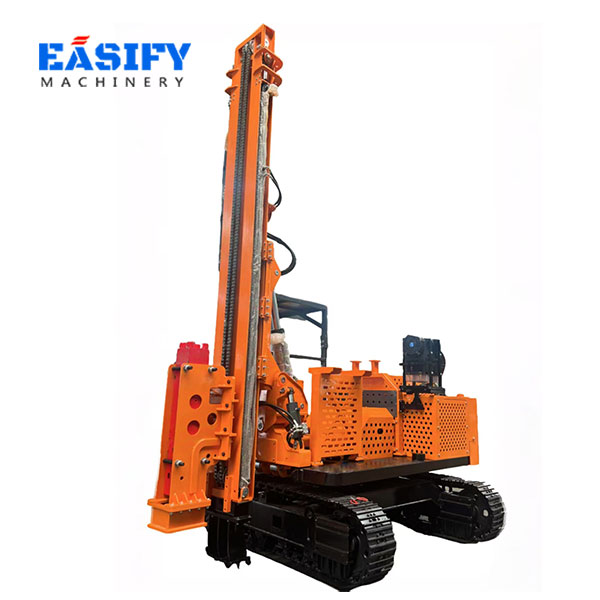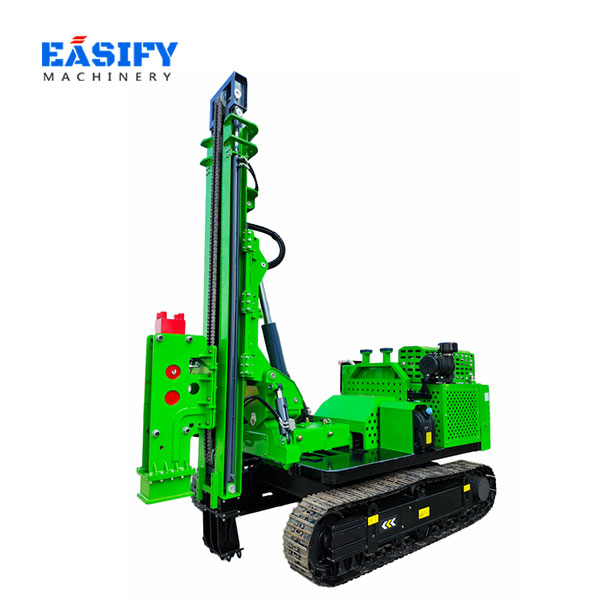Table of Contents
ToggleAs the global demand for solar energy rises, so does the need for efficient installation methods. One essential piece of equipment in solar farm construction is the solar pile driver machine. These machines streamline the process of installing steel foundation piles for solar panel mounting systems—saving time, labor, and costs.
But how exactly does a solar pile driver machine work? Let’s explore the components, working principles, and benefits of this powerful machine.
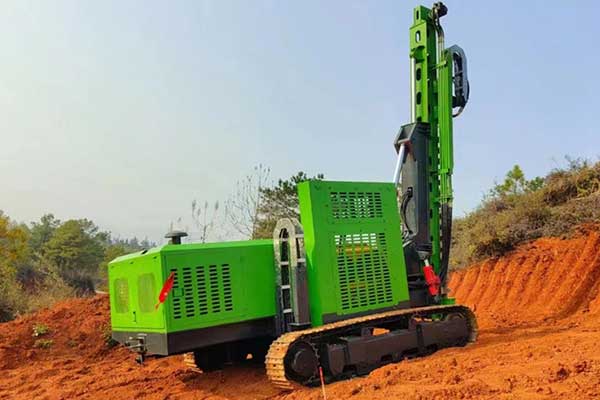
What is a Solar Pile Driver Machine?
A solar pile driver, also known as a solar post driver or solar panel piling machine, is a type of hydraulic or pneumatic machine designed specifically to drive steel H-beams, I-beams, or C-channel posts into the ground. These piles serve as support structures for ground-mounted solar panels.
It is commonly used in large-scale solar PV projects, especially utility-scale solar farms.
Key Components of a Solar Pile Driver Machine
Understanding how a solar pile driver works begins with its major components:
- Hydraulic Hammer or Impact Driver: Provides the force needed to drive the pile into the ground.
- Vertical Mast or Guide Rail: Keeps the pile aligned vertically during driving.
- Hydraulic System: Powers the impact mechanism and other machine functions.
- Crawler Tracks or Wheels: Enables the machine to move across the job site.
- Control System: Allows the operator to position and control the driving operation accurately.
Advanced models may include GPS positioning, automatic leveling, and data tracking systems to improve precision.
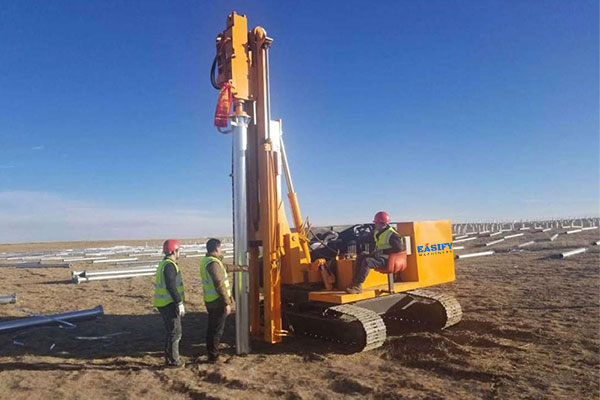
How Does a Solar Pile Driver Machine Work?
Here is a step-by-step breakdown of how a solar pile driver functions:
1. Site Setup and Layout
Before driving begins, the construction site is surveyed, and pile locations are marked based on the solar panel array design. Modern machines often integrate with GPS and laser positioning systems for accurate alignment.
2. Machine Positioning
The machine is driven or towed to the first pile location. Hydraulic outriggers or auto-leveling systems stabilize the machine on uneven ground.
3. Pile Loading
An operator loads a steel pile into the vertical mast or pile holder.
4. Pile Alignment
Using the guide rail and alignment tools, the operator ensures the pile is positioned vertically and aligned with the project design. GPS-assisted machines make this process more accurate.
5. Driving the Pile
Once aligned, the hydraulic or pneumatic hammer begins striking the top of the pile with high force and frequency. The energy drives the pile deep into the soil, creating a stable foundation.
6. Move to the Next Location
After driving one pile, the machine moves to the next position, and the process repeats.
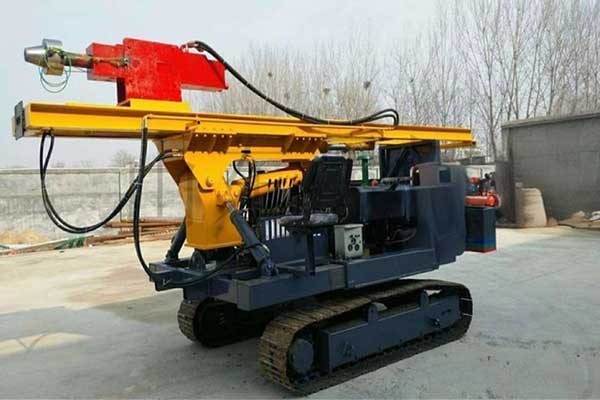
Benefits of Using a Solar Pile Driver Machine
- High Efficiency: Drives hundreds of piles per day with minimal manual labor.
- Precision: Ensures accurate alignment, improving the durability of the solar structure.
- Reduced Labor Costs: Automated or semi-automated features reduce manpower needs.
- Versatility: Can handle various soil types and terrain conditions.
- Durability: Built to withstand tough environments and repetitive use.
Final Thoughts
A solar pile driver machine is a critical tool in the fast-growing solar energy industry. By automating the pile driving process, it ensures strong, stable foundations for solar panel arrays, accelerates project timelines, and enhances installation quality.
For solar developers, contractors, and EPC companies, investing in the right solar pile driving equipment is essential to meeting today’s renewable energy demands.
Looking for a dependable solar pile driver machine for your next project? Contact us today for expert advice and a free quote!

